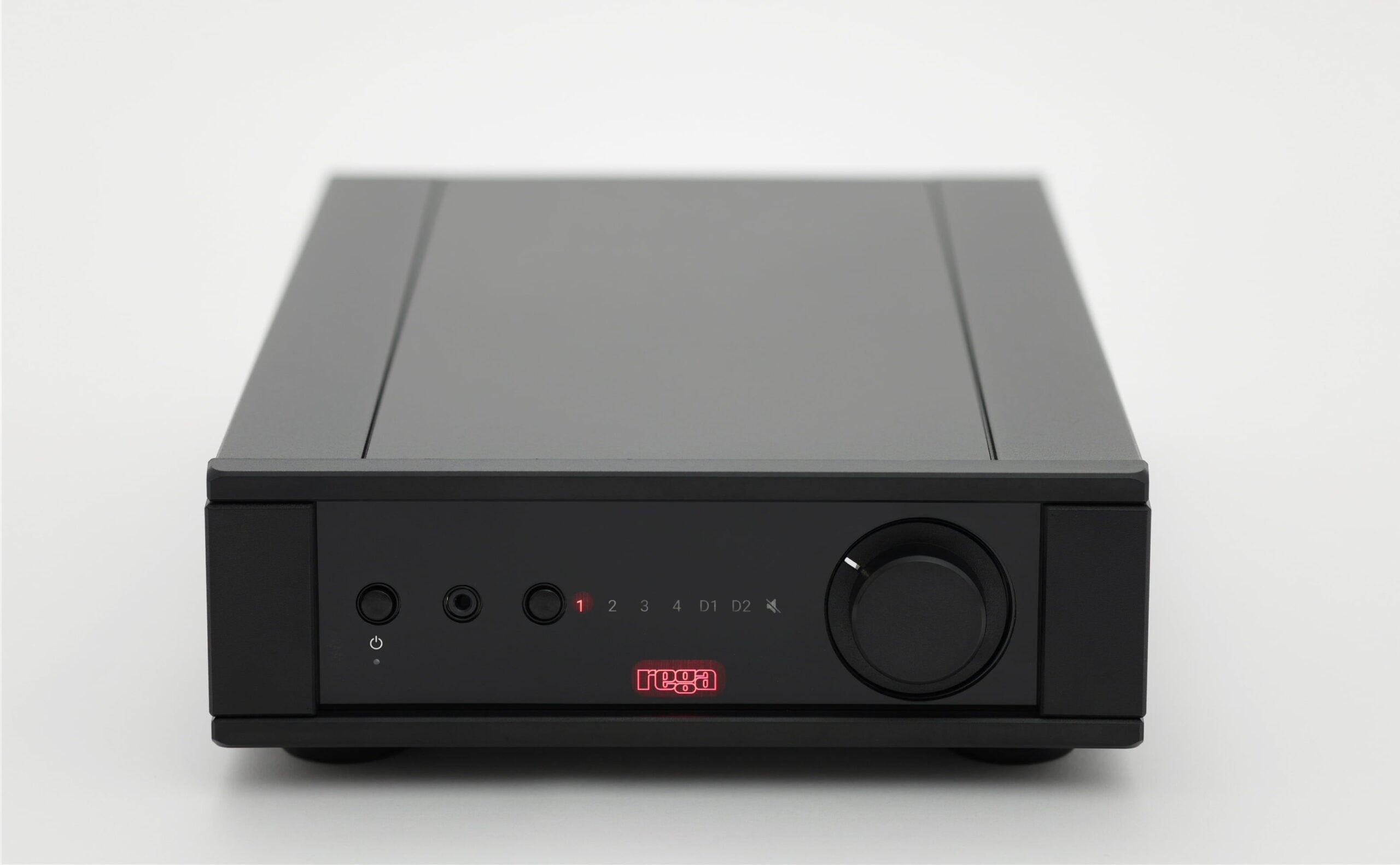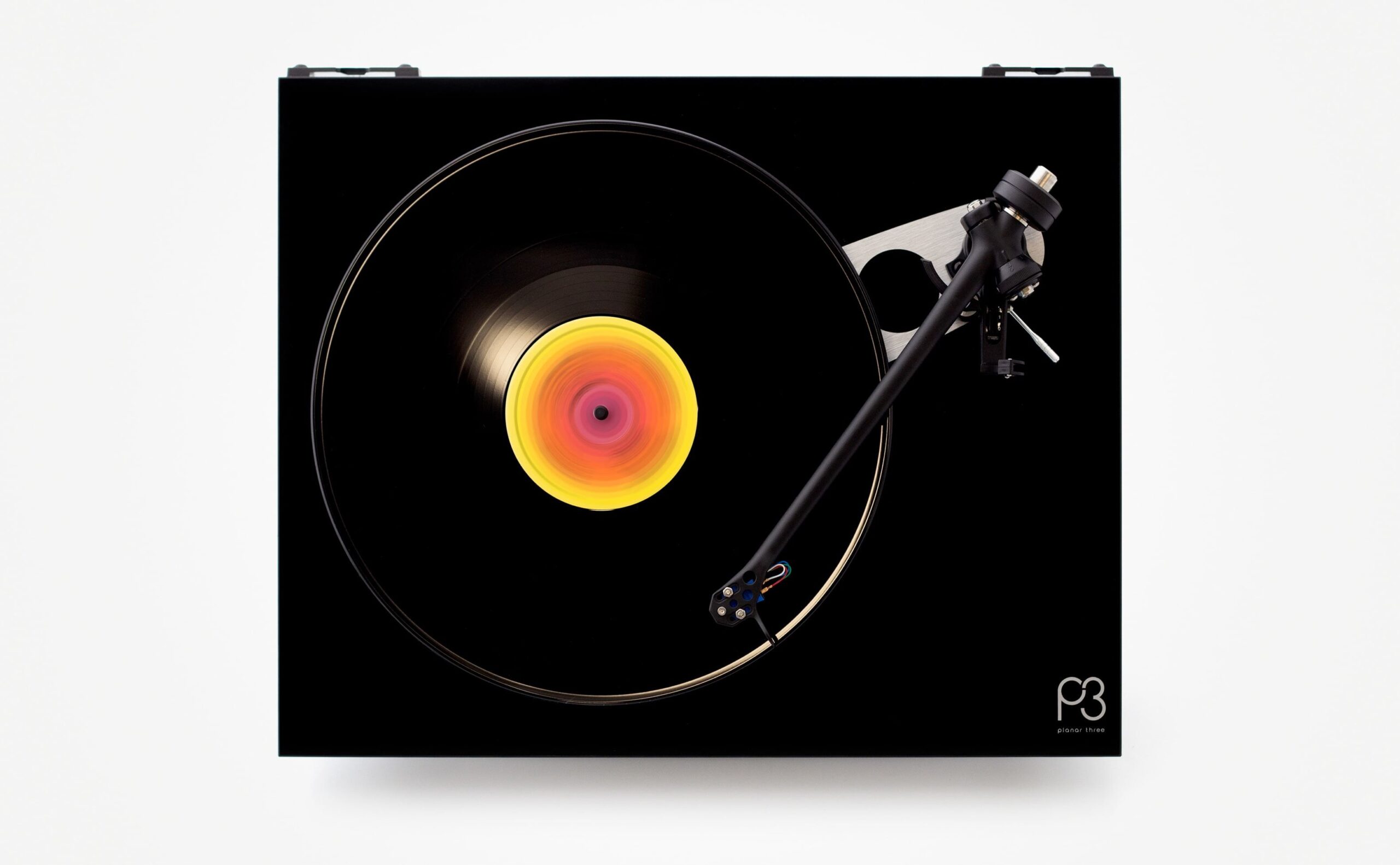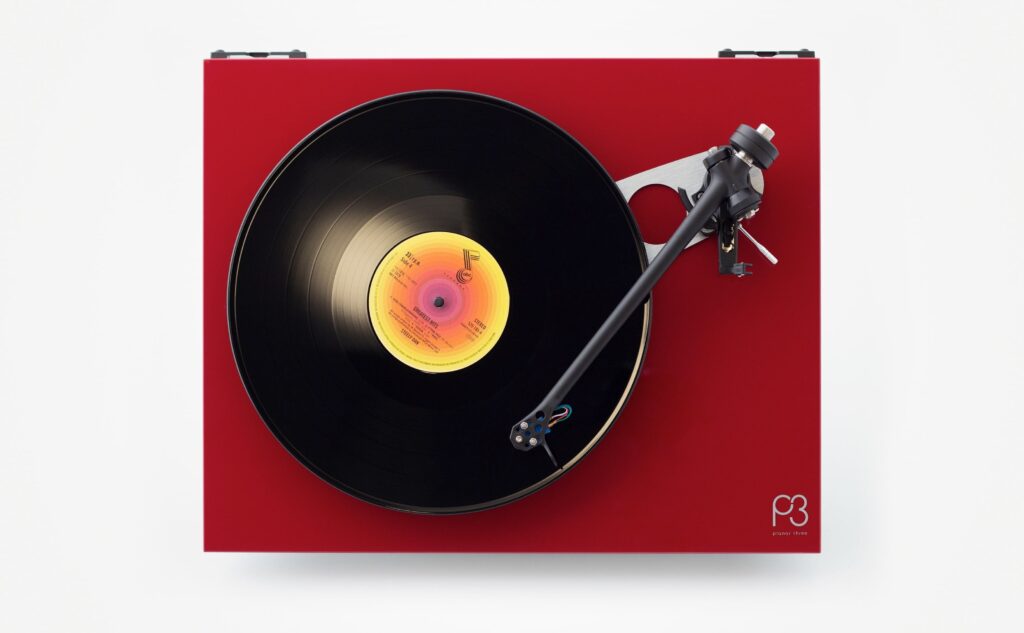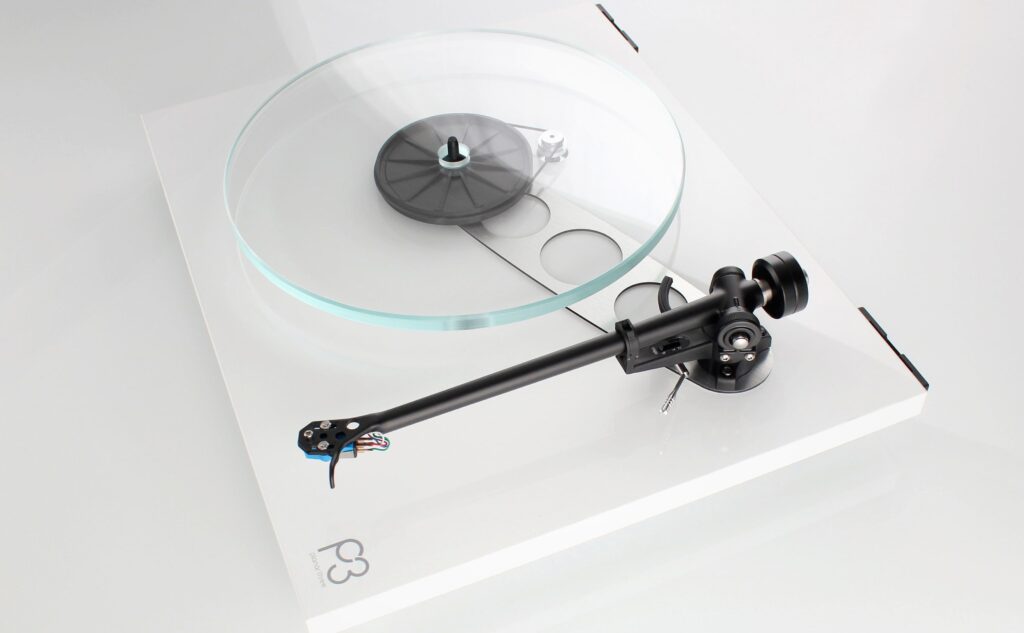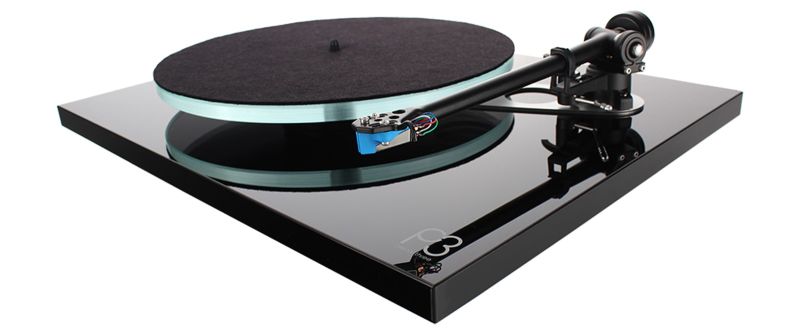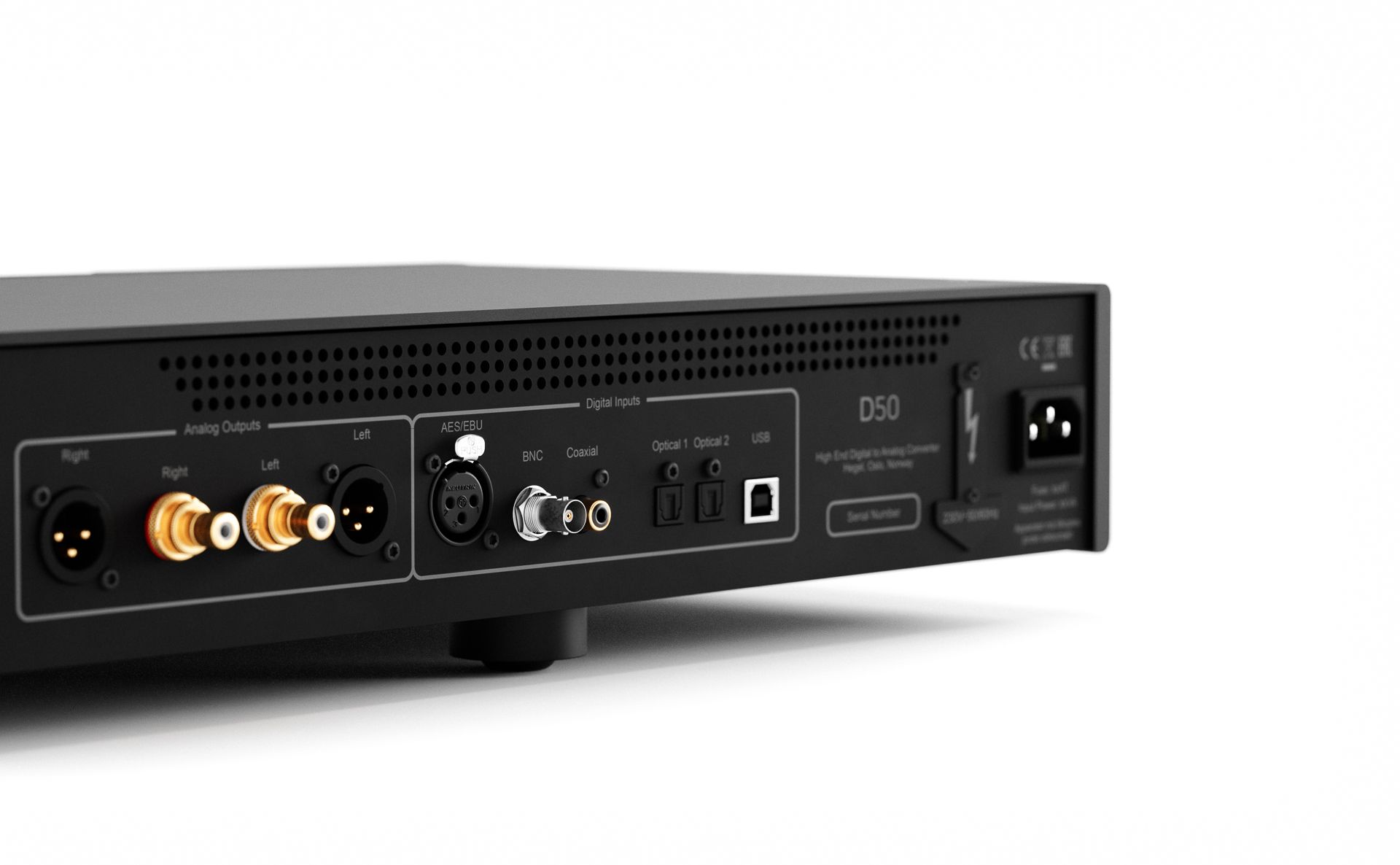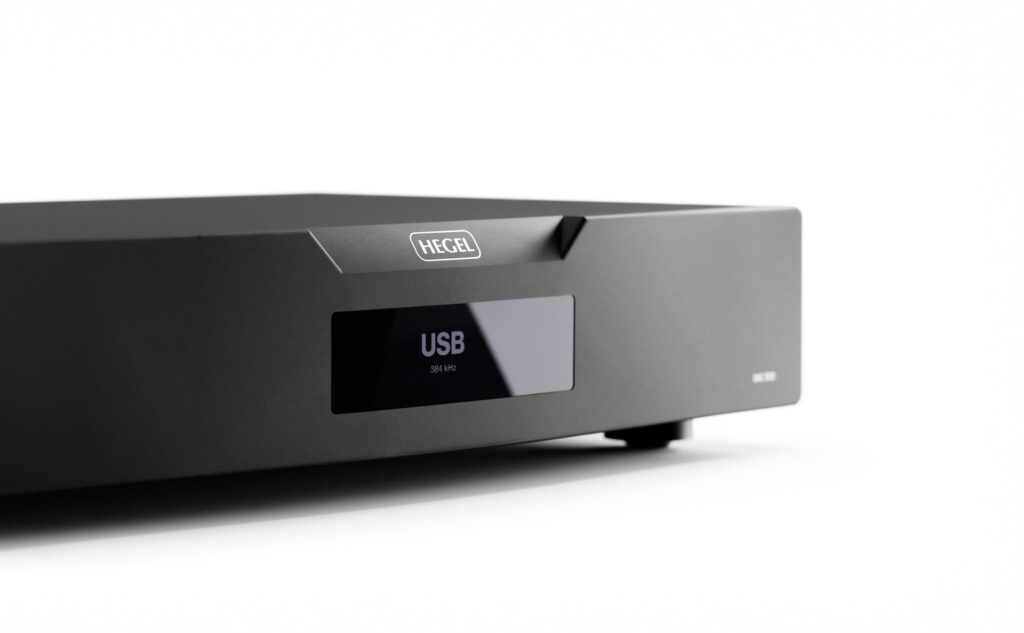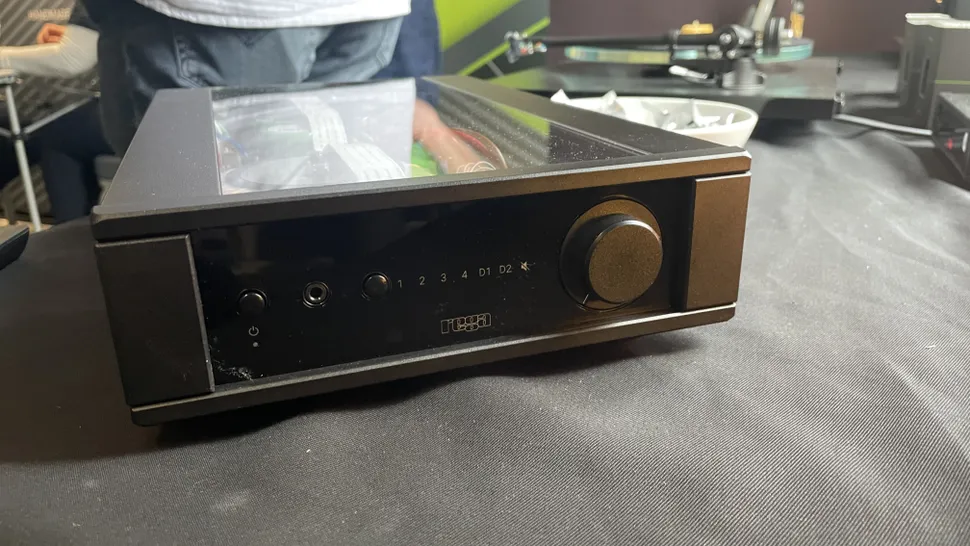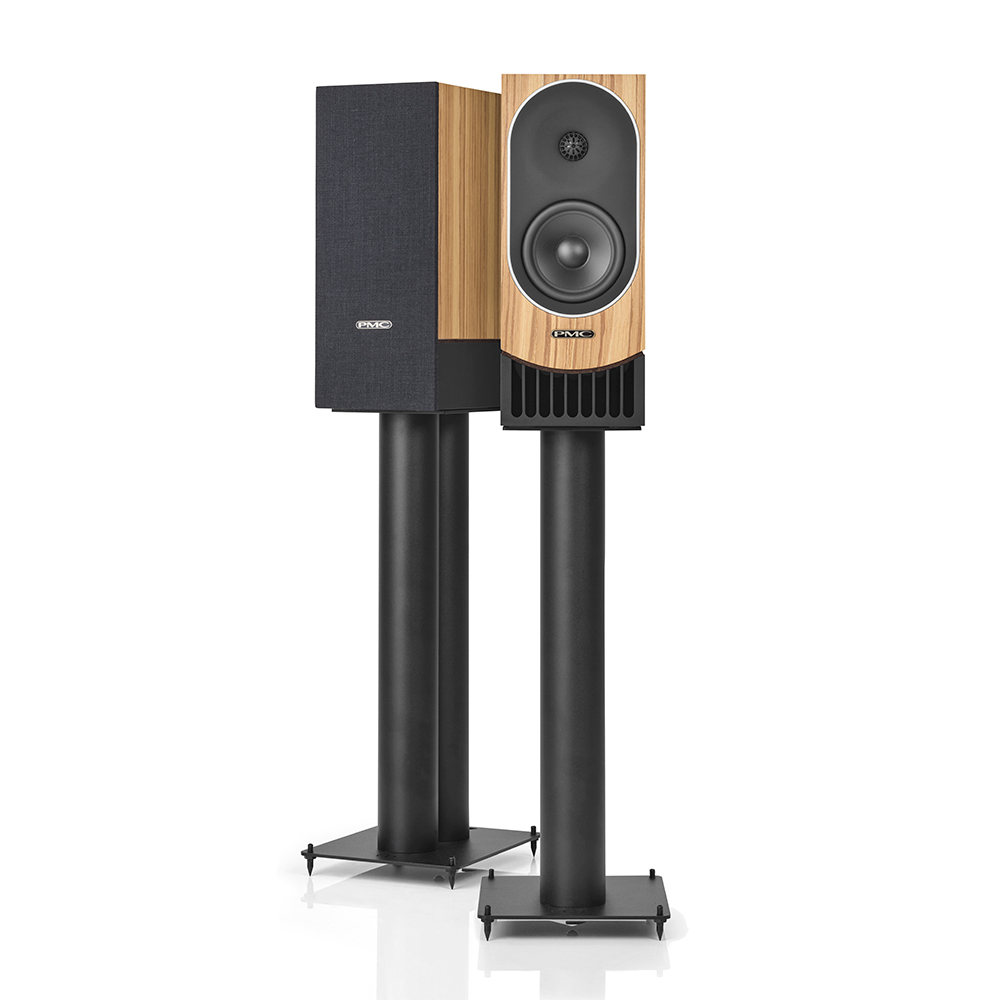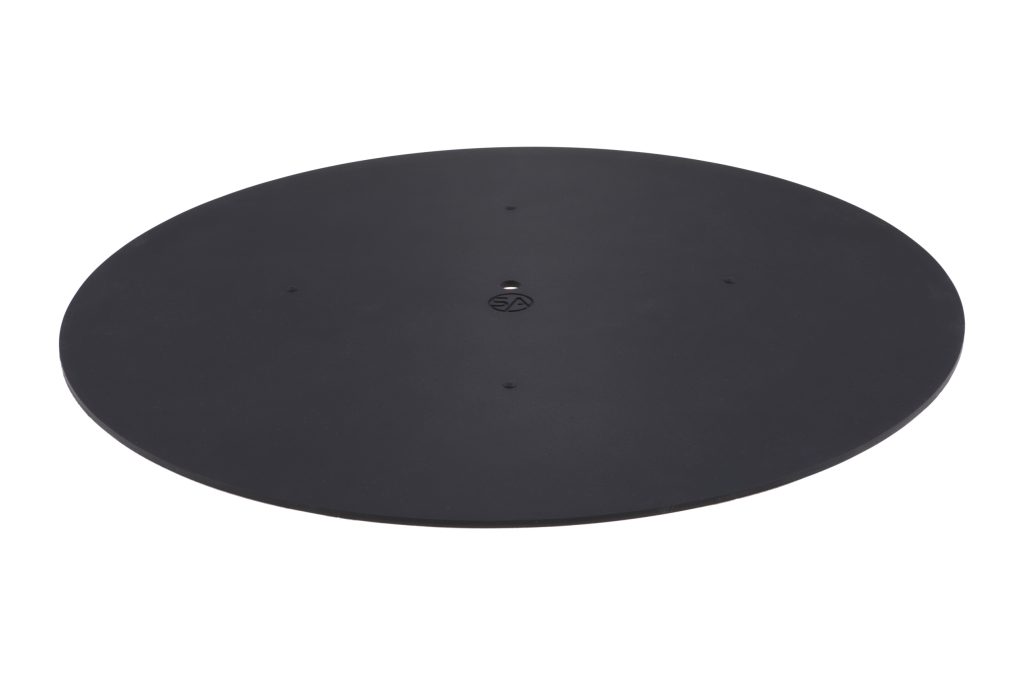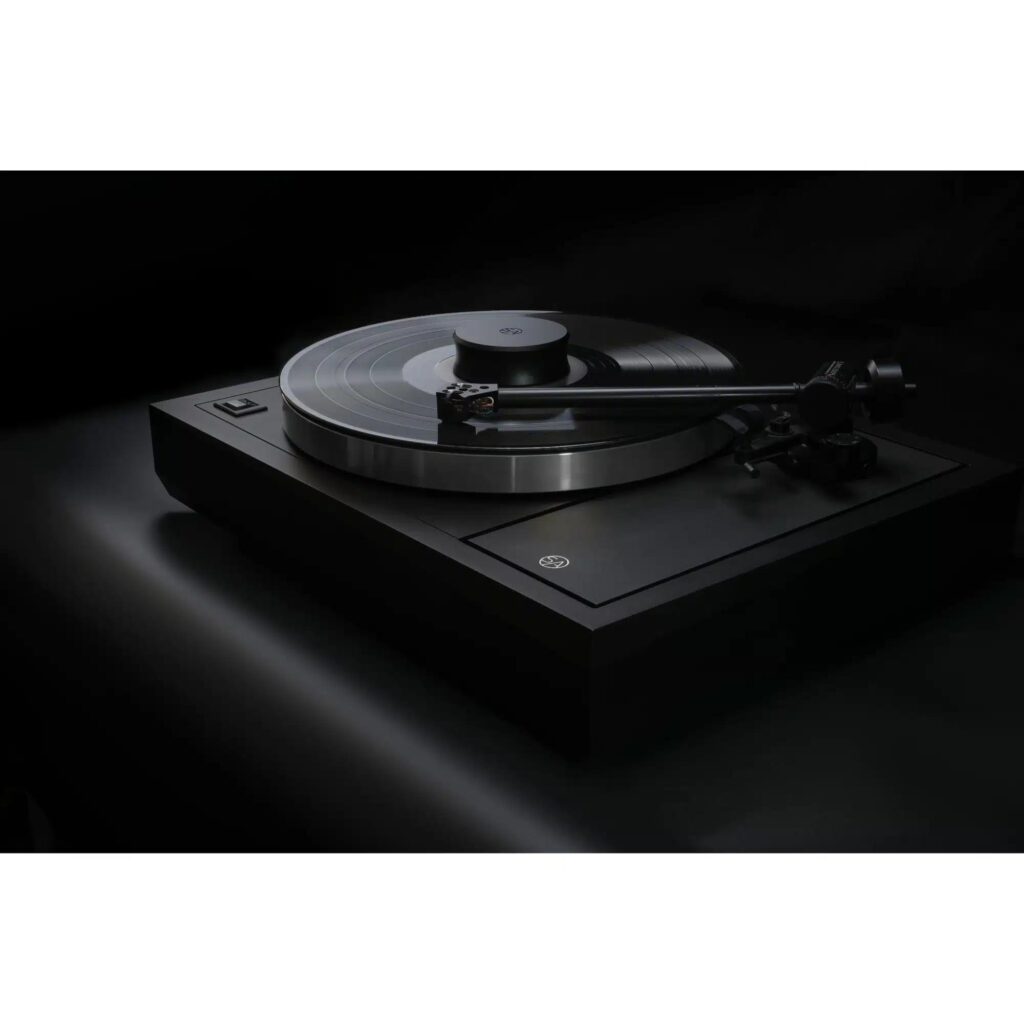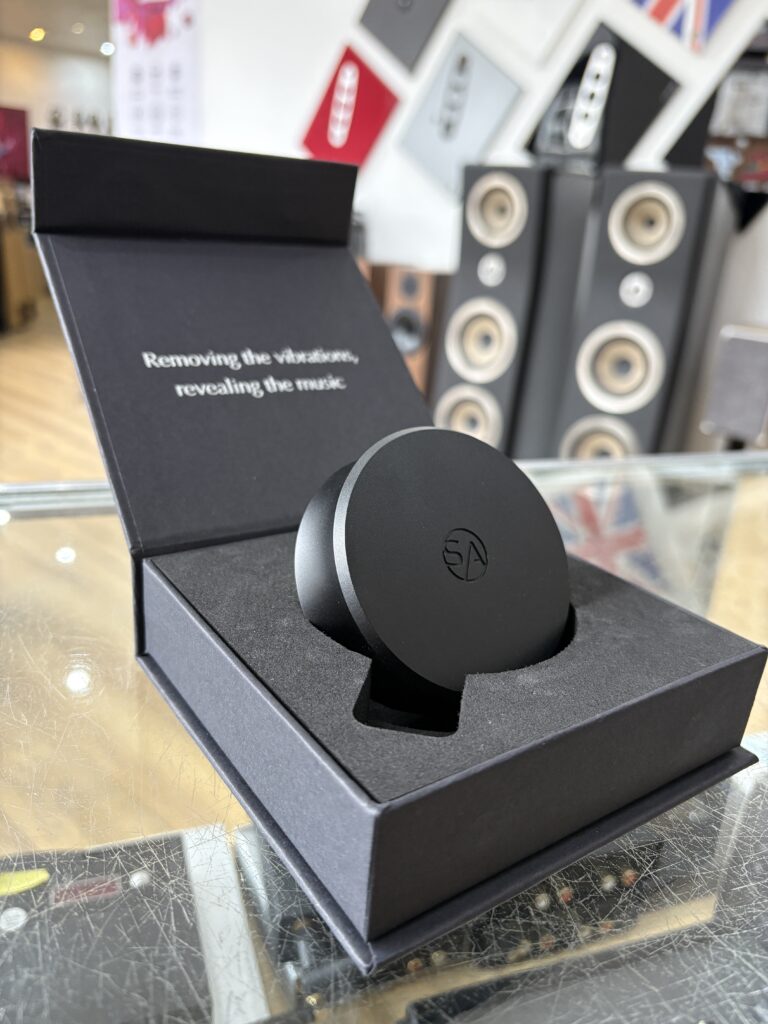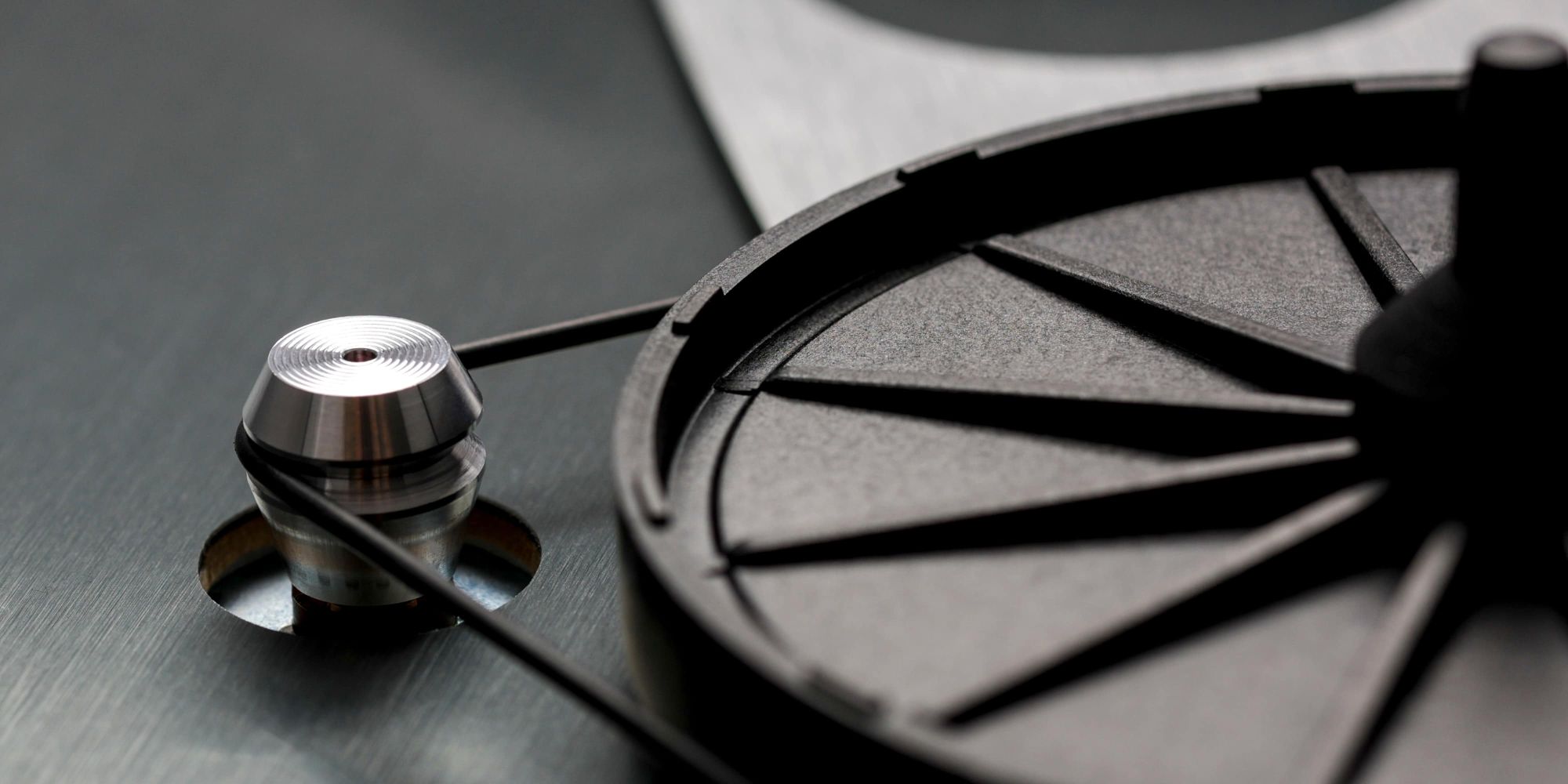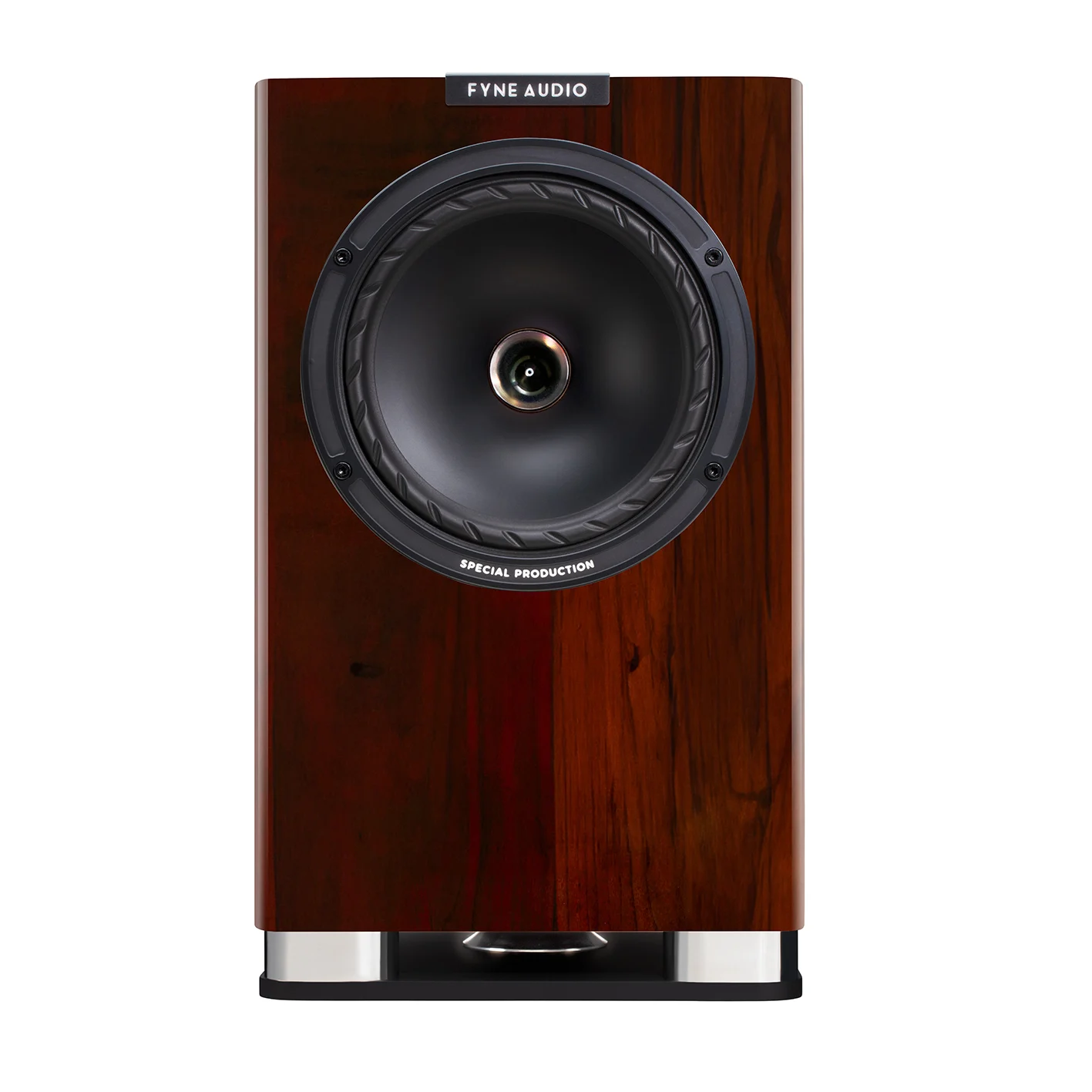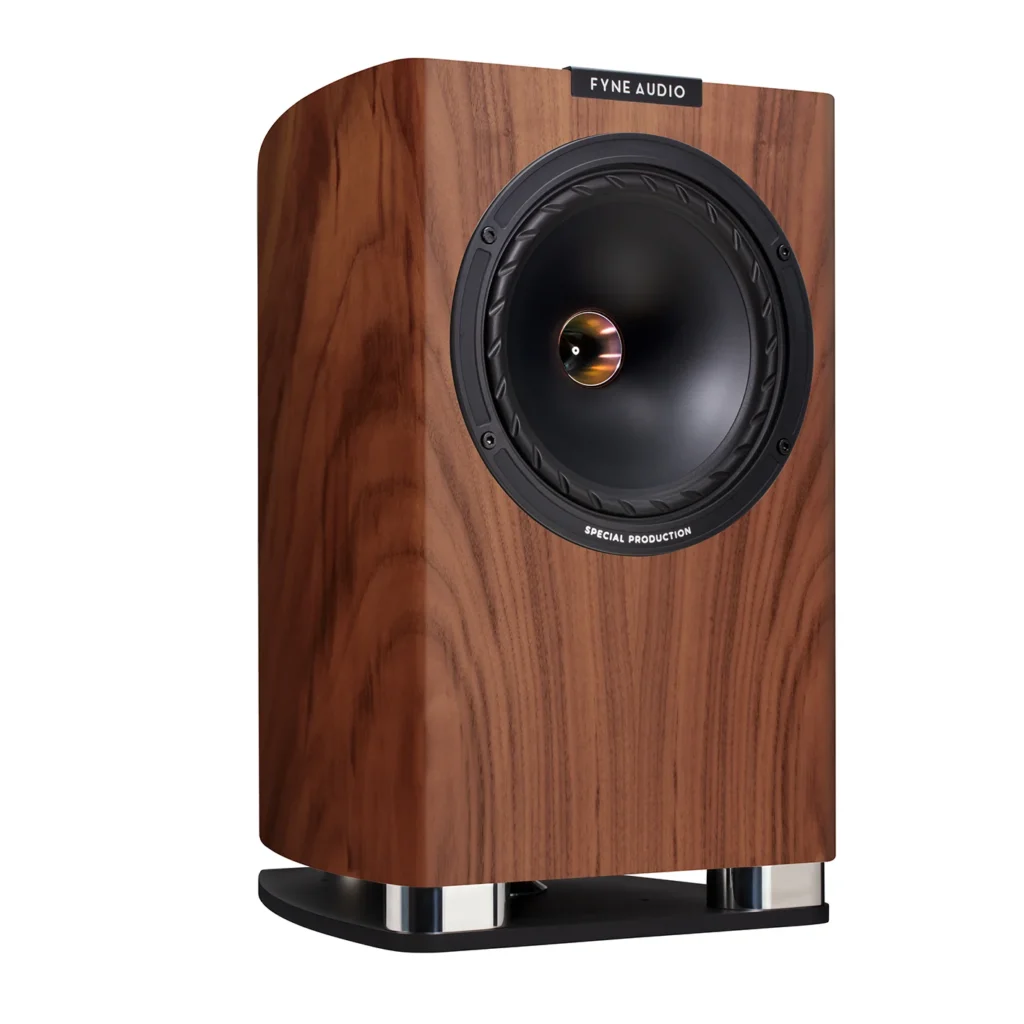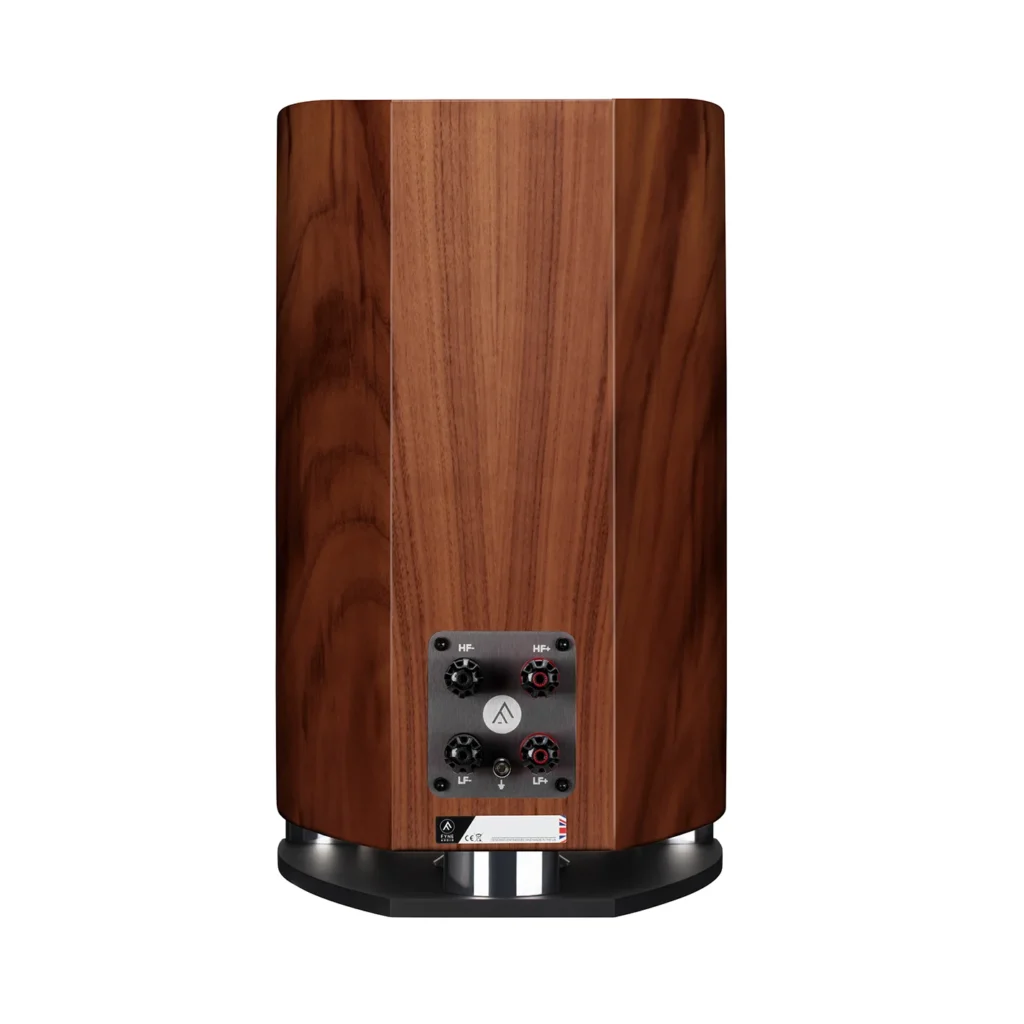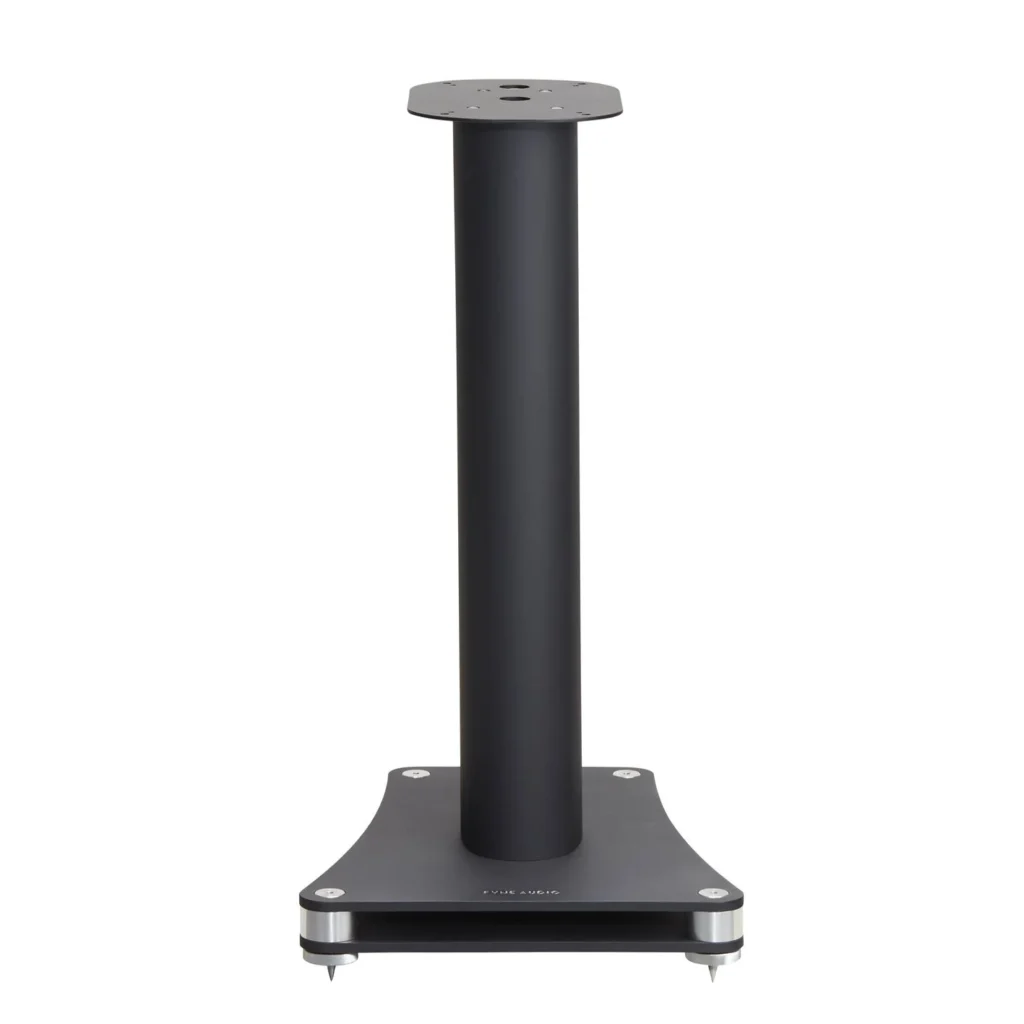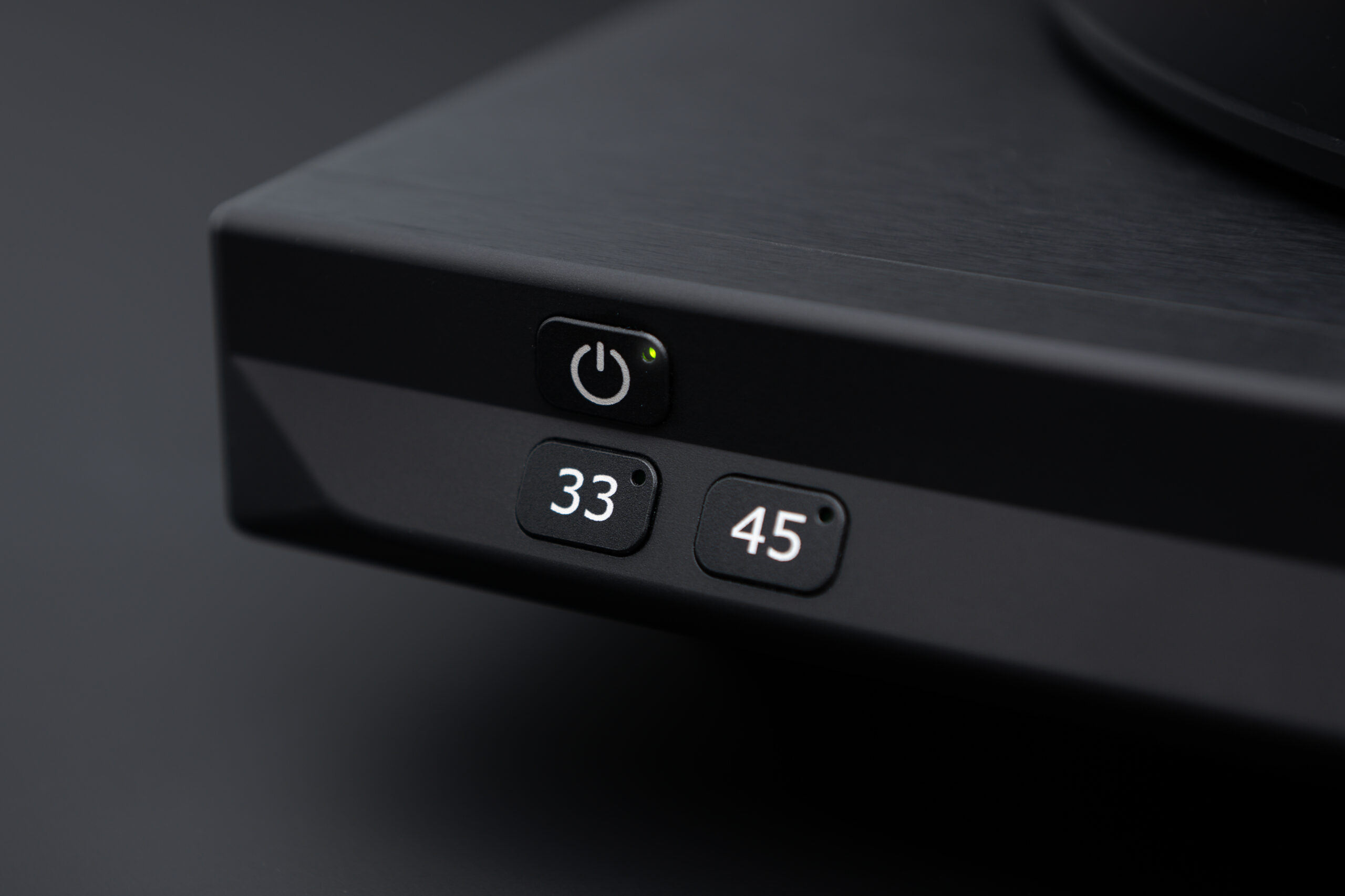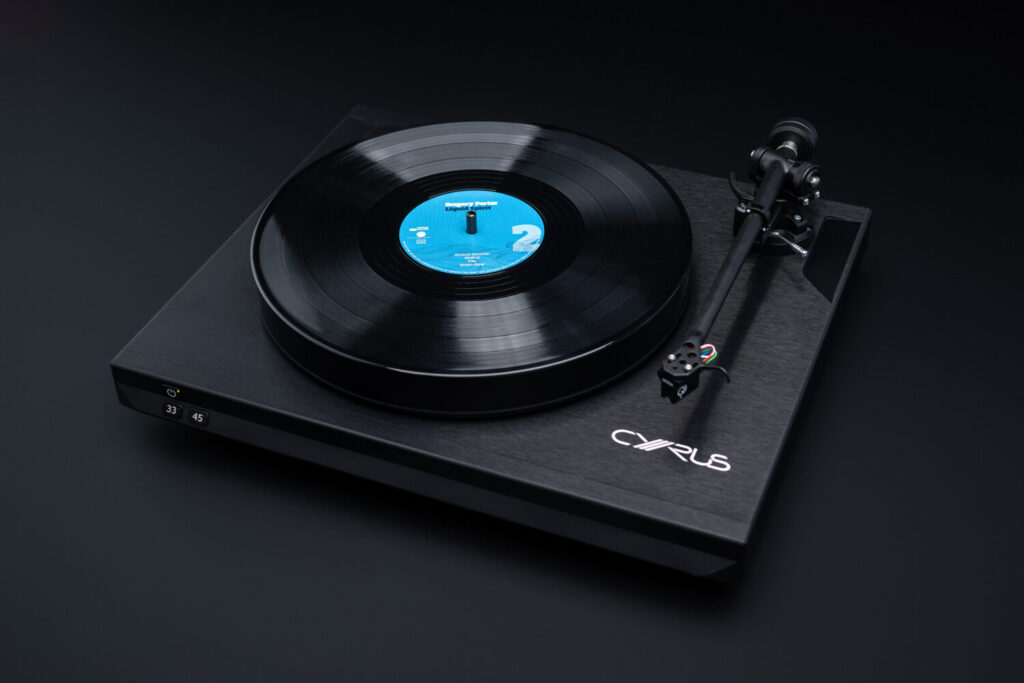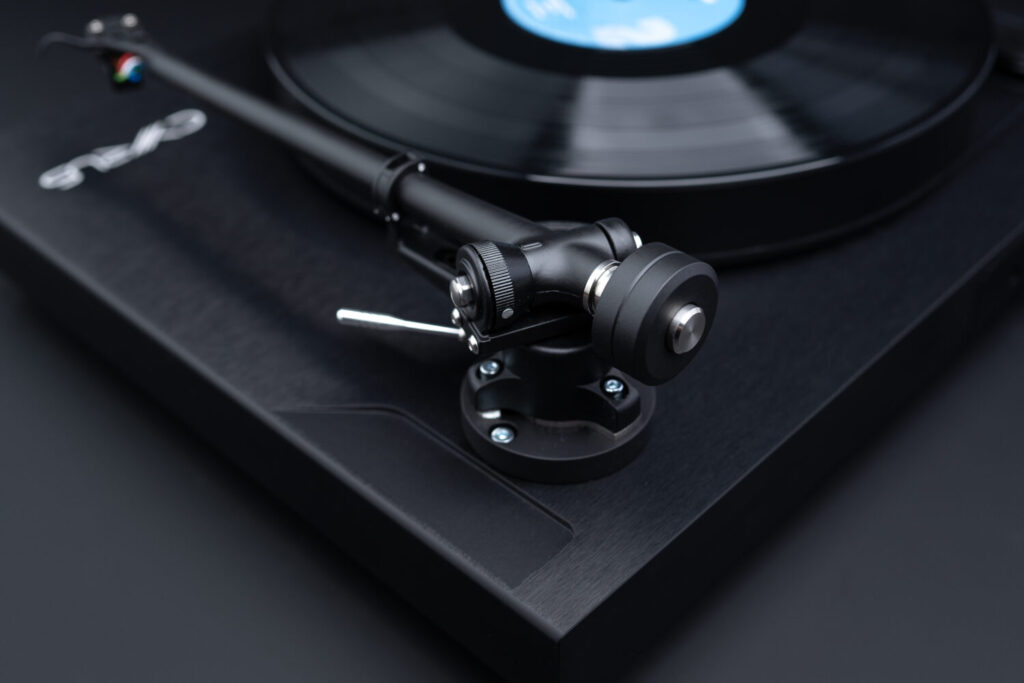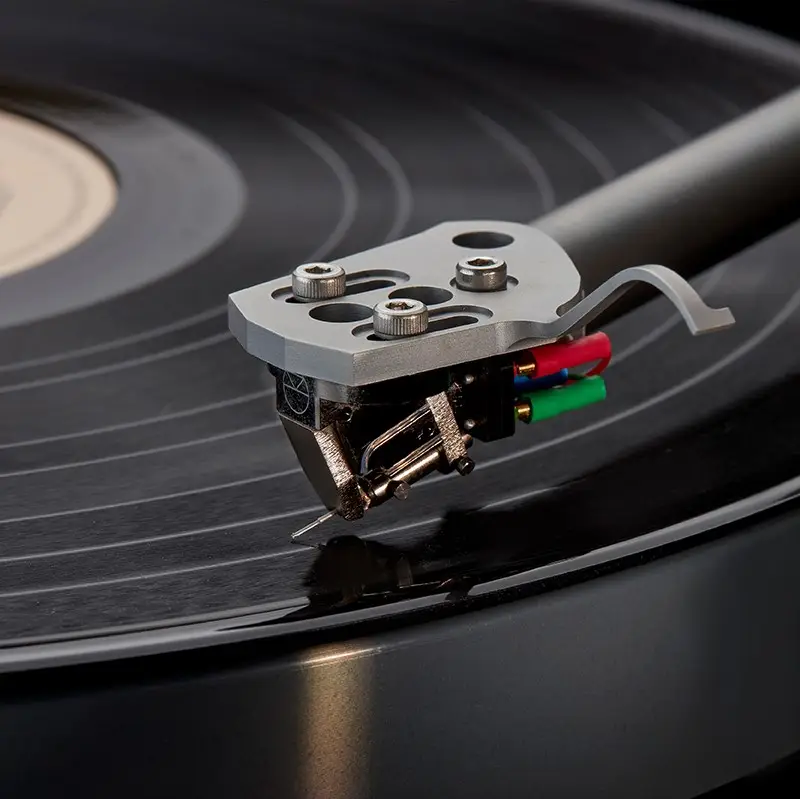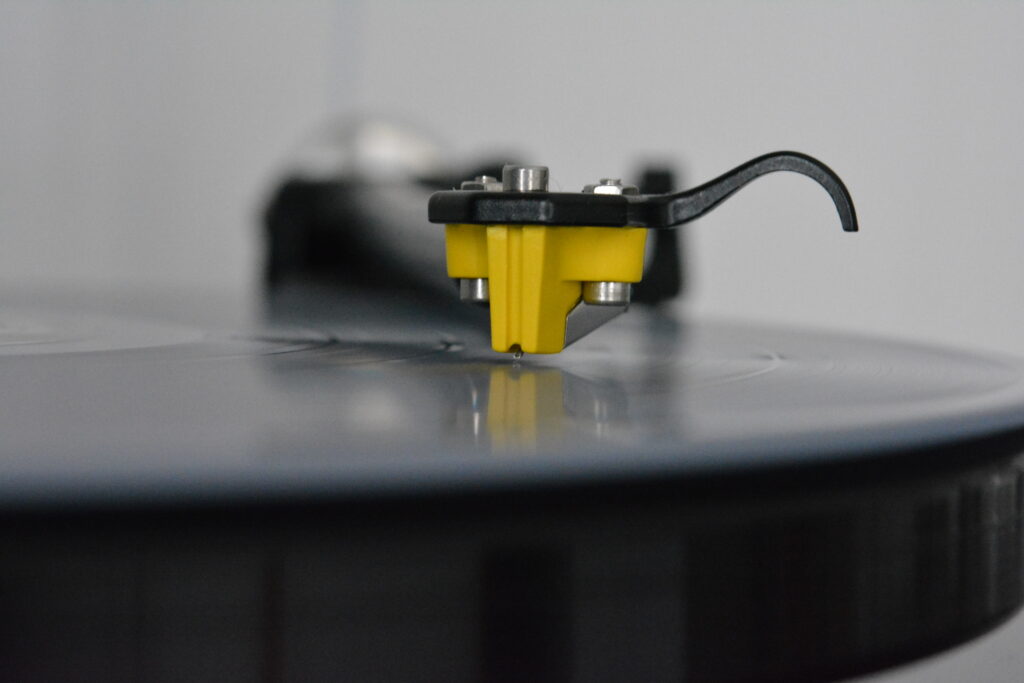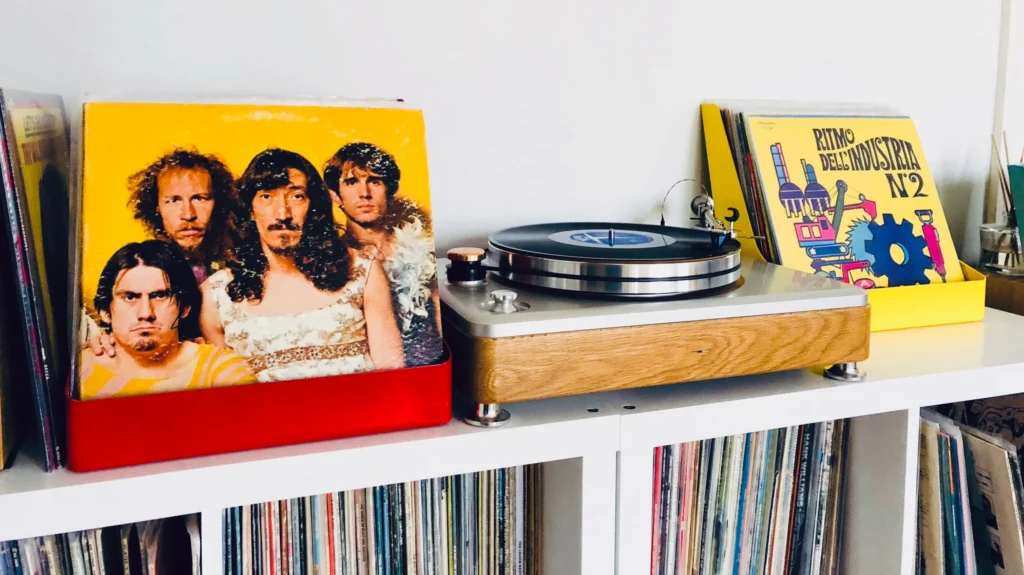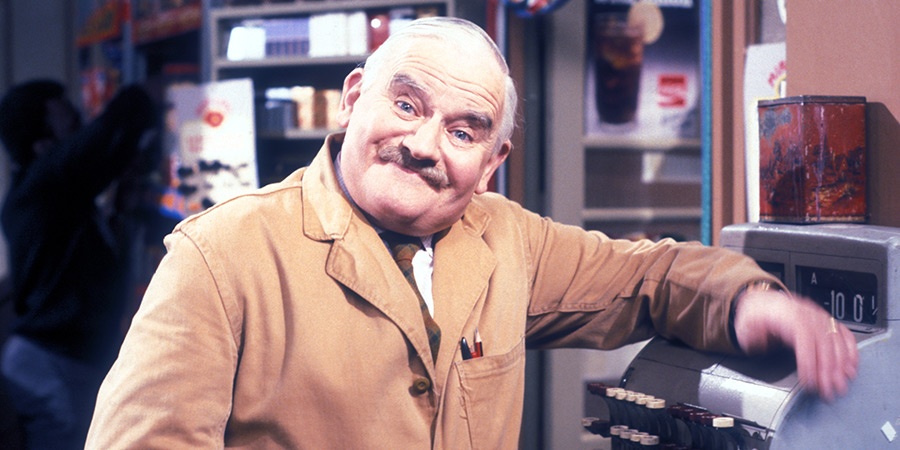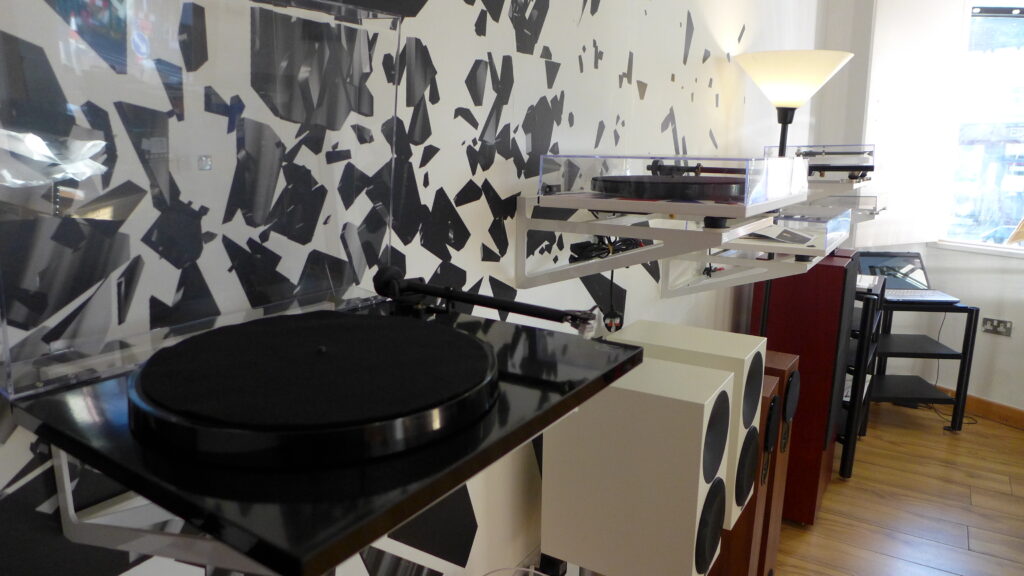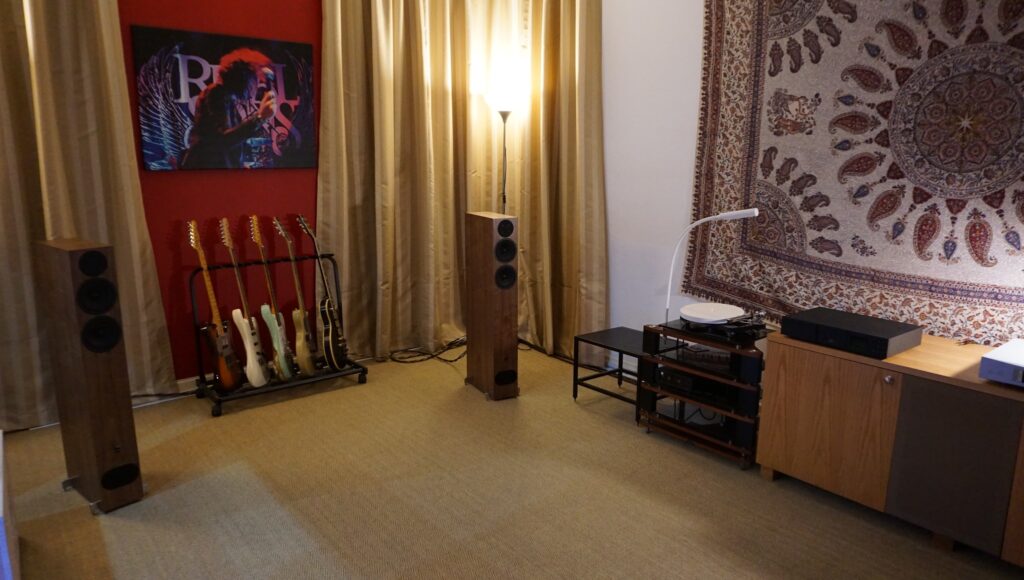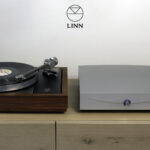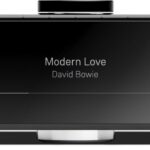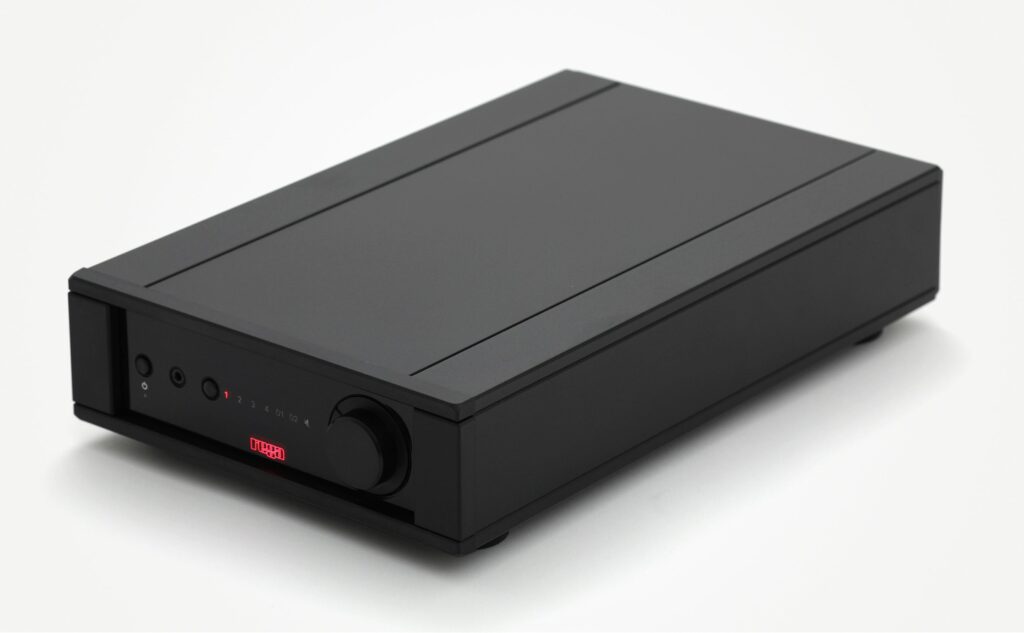
Our first proper look at the new Rega Brio.
What's new?
50 watts per channel
An onboard DAC with inputs for coaxial and tosslink (optical).
Re-laid circuit
Key improvements have been made across the circuit. The PCB layout has been fully upgraded to handle higher specifications for all critical parts. A second raw power supply is implemented to provide further isolation between output stage and the driver stage/line and phono amplifiers. This improves the isolation between high and low level signal stages of the amplifier. Higher specification MUSES operational amplifiers have been used in the line, DAC and phono amplifier.
Headphone Socket
The Brio MK7 has an onboard circuit to drive standard hi-fi headphones from the internal amplifier. The headphone circuit was intelligently designed to reduce its impact on the main signal path so it doesn’t disrupt the overall sound quality. We have paid special attention to the switch that deactivates the main speakers once the socket on the front panel is used.
Auto standby
This unit is equipped with auto standby functionality. After approximately 1 hour of no signal being present on the selected input, the unit will automatically enter a standby state. This function can be turned off if required.
Thermal cut-out
If the amplifier reaches a temperature liable to cause internal electronic damage, the thermal protection system will first disable the speaker output, indicated by the MUTE led on the front panel illuminating and the input LED indicator
turning off. If the over-temperature condition continues, the unit will turn itself off.
Short circuit protection
If the speaker leads are shorted, the fold back short circuit protection will protect the output stage from excessive currents. This protection circuit is not placed in the audio signal path and therefore does not affect sound quality.
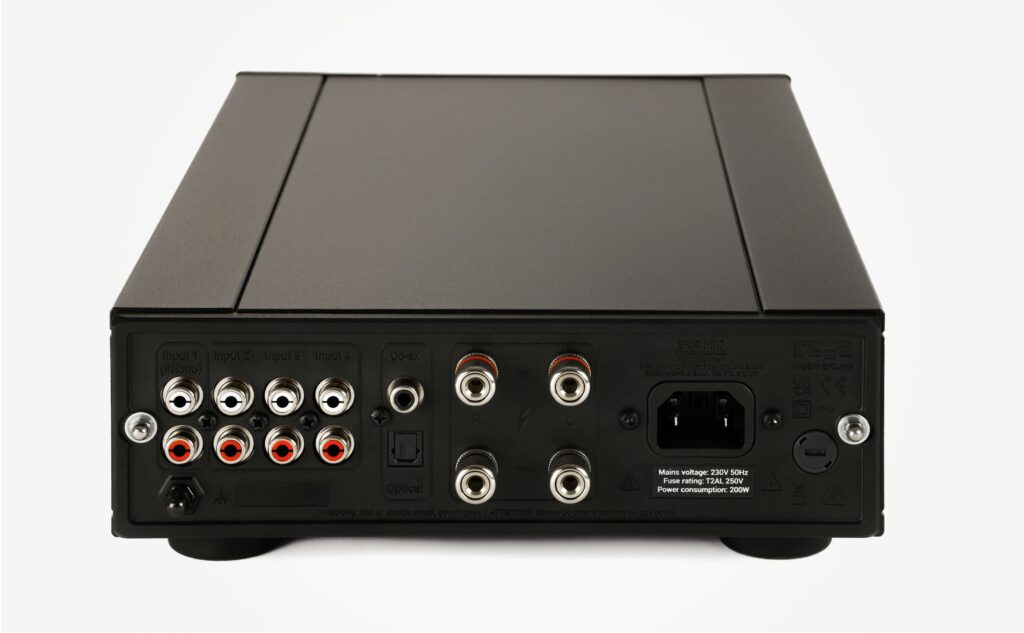
We've always been big fans of the Brio. It has a big heart and punches well above its weight. We're looking forward to listening to the new incarnation and expect it to arrive later this week (11th March).
We'll post more information when we have it.
